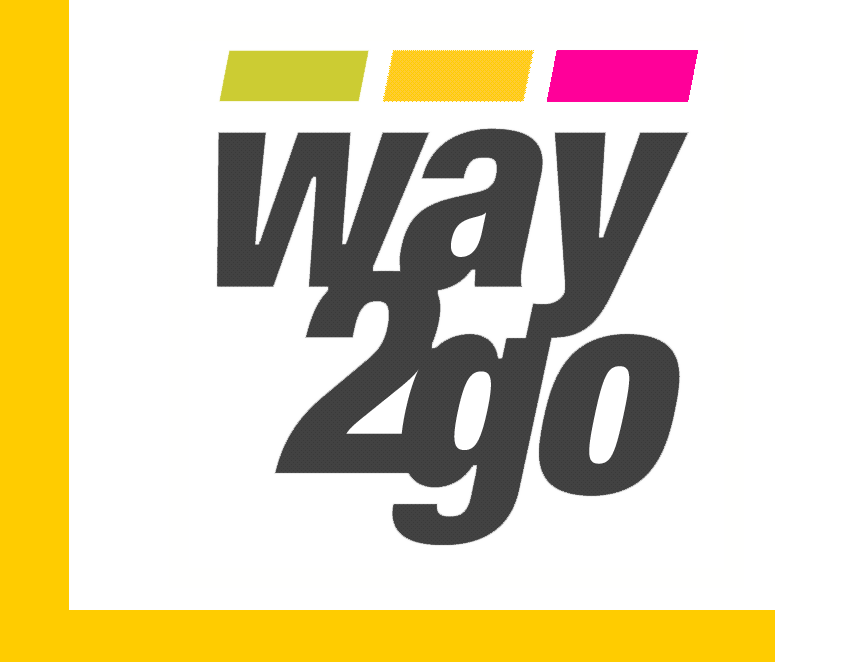
Topic 2: Helmets
Learning intention
Students will examine the materials and features of a safe bicycle helmet and communicate how this contributes to rider safety and comfort.
Students will be able to correctly fit a helmet.
Time: 60 minutes
Materials
Download Topic 2 PowerPoint | Student Learning Journals
15 -30 bicycle helmets (students own if possible)
Safe helmet factsheet | Parent letter
Additional teacher information
Australian Curriculum links
Design and technologyYear 3/4 - ACTDEK013 Investigate the suitability of materials, systems, components, tools and equipment for a range of purposes Year 5/6 - ACTDEK023 Investigate characteristics and properties of a range of materials, systems, components, tools and equipment and evaluate the impact of their use | Health & Physical EducationYear 3/4 - ACPPS036 Identify and practise strategies to promote health, safety and wellbeing Year 5/6 - ACPPS054 Plan and practise strategies to promote health, safety and wellbeing | General capabilitiesCritical and creative thinking |
Lesson A Instruction guide: Safe helmets
- Group students into pairs with at least one bike helmet per pair. Ask the class “What is a bike helmet for?” If needed, clarify by asking “What is the purpose of wearing a helmet?”
- Students examine their helmet and then are asked to describe the parts. Encourage use of descriptive language even if they know the name of the part. Follow up with “Are they all the same? Which parts are common to all bike helmets?”
- Maintaining a focus on what is common across all bike helmets, ask students to explain the reason each part is included. Allow time for students to consider the question before sharing their thoughts.
Focus on the observable characteristics that they can see or feel rather than the names of the materials. Encourage students to consider whether the materials are a good choice for the purpose of a helmet.
- Ask the class to imagine they are about to buy a new bike helmet. Ask
- “What would you look for to tell that a helmet is safe?”
- “What would tell you that a helmet is not safe?”
- Watch ‘What is a safe bike helmet?’ Ask “Are there any new things that we need to look for?” and record them.
- Students then record this criteria in their learning journal (page 9), and use it to assess their own helmet. If an unsafe helmet is identified arrange to send home the parent letter and safe helmet factsheet.
For more capable students consider having them create a design brief for helmets in the future. (DT Yr 7/8 - Independently develop criteria for success to evaluate design ideas, processes and solutions and their sustainability (ACTDEP038)).
- Summarise with a class discussion of what students found out from today’s lesson.
Homework
Discuss the safe helmet factsheet and letter with parent/ caregiver
Assessment
Student learning journal – safe helmet check
Lesson B Instruction guide: Fitting a helmet correctly
- Call for a volunteer to demonstrate the correct fitting of a helmet whilst explaining the process. Then ask the class to comment keeping in mind the purpose of a helmet to protect their head. Guide the discussion to achieve consensus.
- Watch the 2-4-1 correct helmet fit video clip. As a class reflect on the key points and discuss whether the information confirmed their original ideas. Highlight new terminology for use in step 10 - 11.
If students thought they needed to wear a hat on their helmet this is a good opportunity to discuss why not (difficult to fit correctly, can cause the helmet to slide on head).
- Refer to the student learning journal and the helmet fit (pg. 10 - 12). Students adjust the helmet to fit their own head correctly and their partner provides feedback. The student is then given the opportunity to adjust their helmet before their partner completes the peer assessment checklist. Students swap roles.
If students have difficulty adjusting the straps encourage them to be persistent and help each other rather than expect you to do it for them.
- Individually, students reflect & record things they found easy or challenging about fitting a helmet correctly (pg. 12).
- Tell the class that throughout Way2Go Bike Ed they will be expected to be organised and fit their helmet correctly before they begin riding. Brainstorm how they can learn to do this themselves if they found today’s task difficult.
E.g. Practise adjusting straps at home, ask a friend for help
Assessment
Student learning journal – correct helmet fit.
Teacher observations


